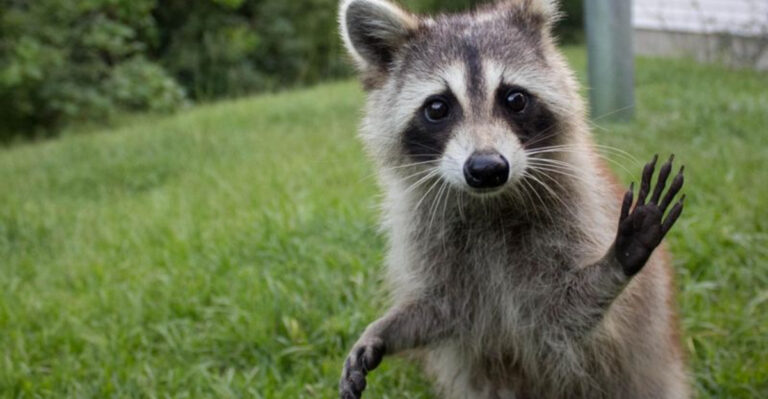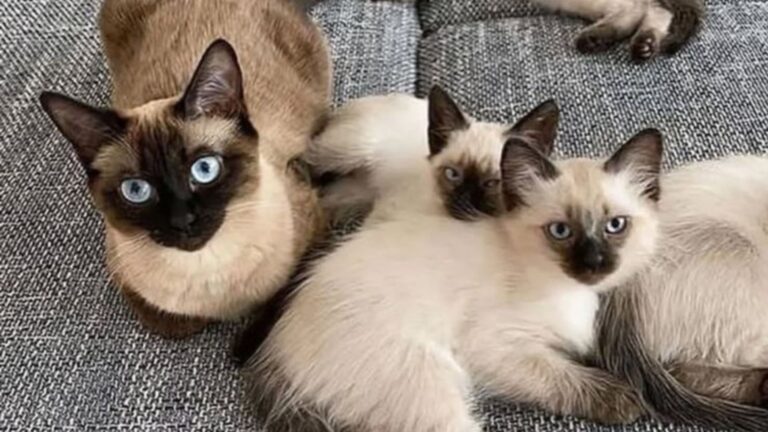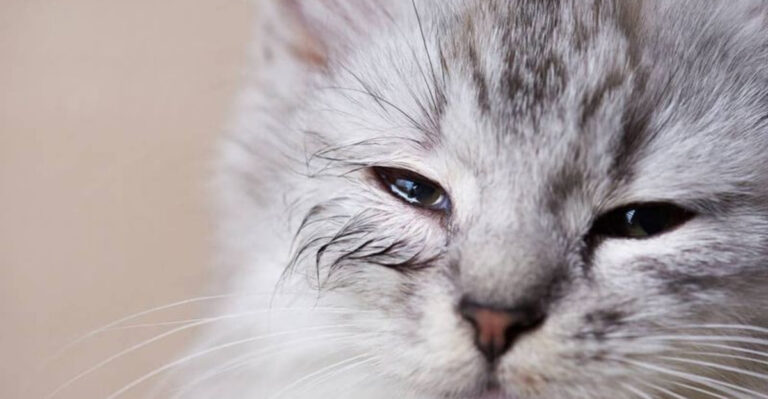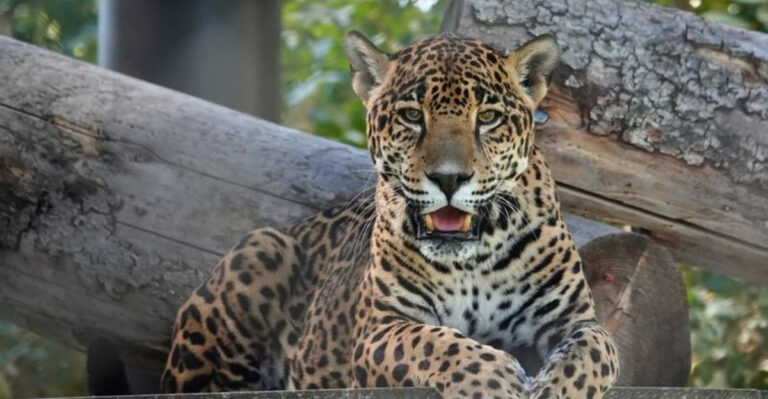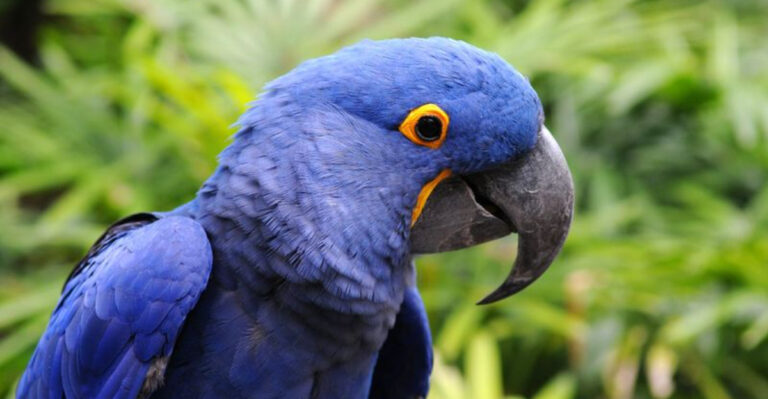How Your Cat’s Sleep Pattern Differs From Yours
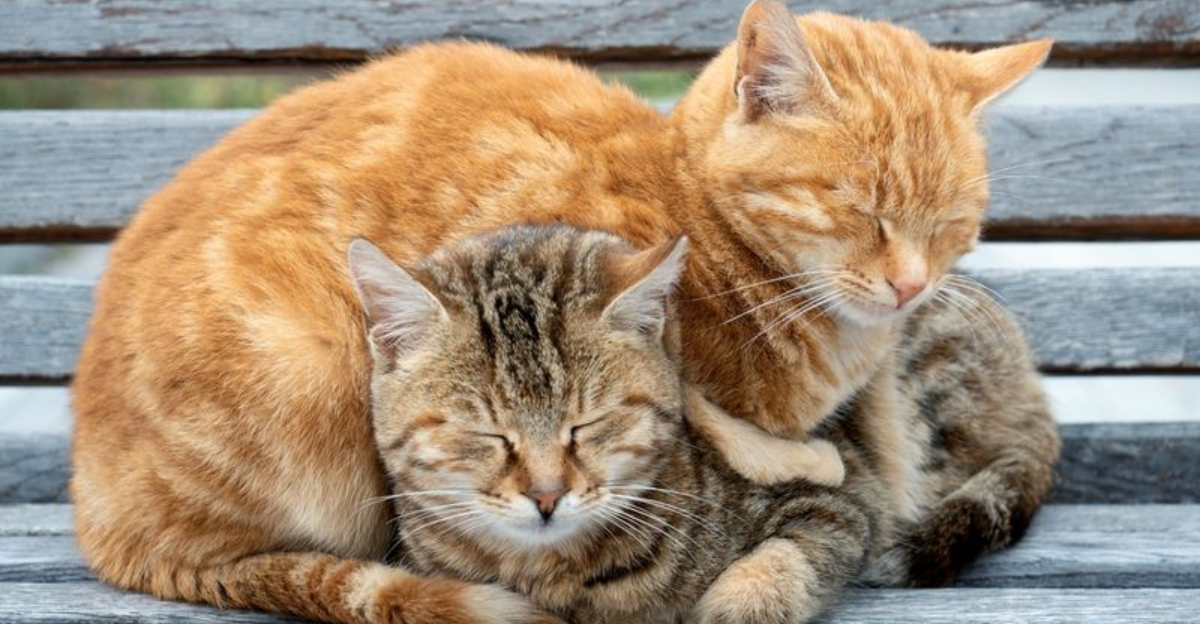
Ever watched your cat snooze peacefully and wondered why they sleep so much? Cats spend about 15 hours a day sleeping, which is nearly twice as much as humans do.
Their unique sleep habits evolved from their wild ancestors who needed to conserve energy between hunts. Understanding these feline sleep patterns can help you better connect with your furry friend.
1. Catnap Champions
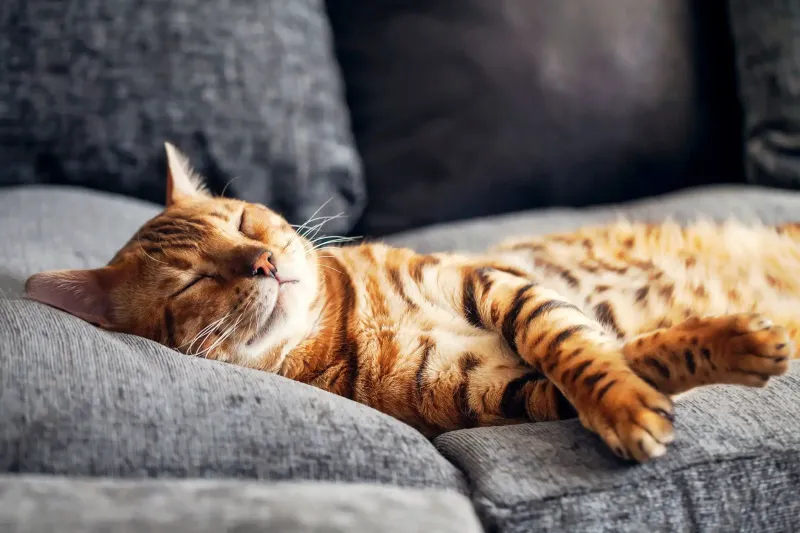
Cats truly are the Olympic gold medalists of napping. While humans typically sleep once per day for 7-8 hours, cats take multiple short naps throughout both day and night.
These brief slumbers add up to 15-20 hours daily, with kittens and senior cats often sleeping even longer. Your feline friend isn’t being lazy—this extensive sleep schedule is completely normal and healthy for them.
2. Crepuscular Not Nocturnal
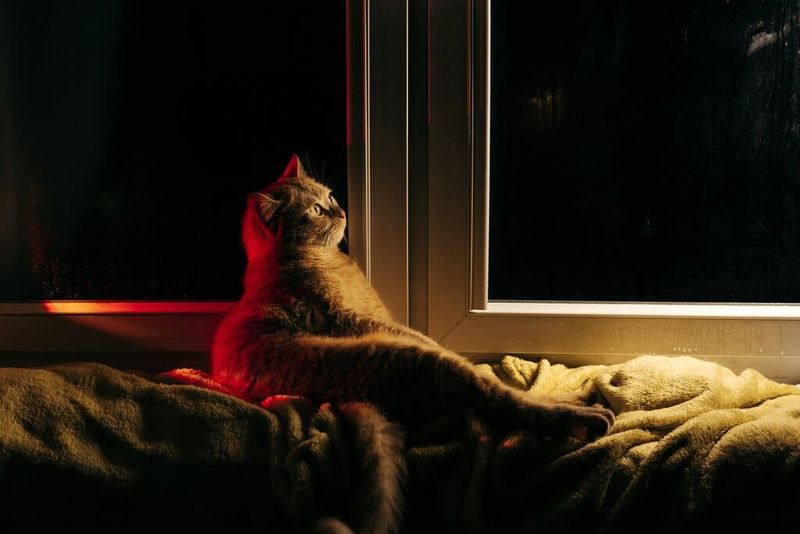
Many people mistakenly believe cats are nocturnal creatures. In reality, they’re crepuscular, meaning they’re most active during dawn and dusk.
This natural rhythm explains why your cat might wake you up at 5 AM ready to play, then spend the afternoon in deep slumber. Their ancestors hunted small prey during these twilight hours when visibility was still good but larger predators were less active.
3. Light Vs. Deep Sleep Differences
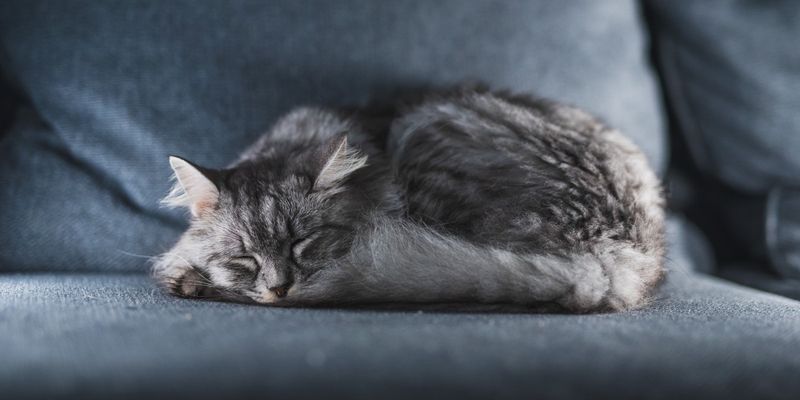
Unlike humans who cycle through four sleep stages, cats primarily alternate between just two: light sleep and deep sleep. During light sleep, which makes up about 75% of their total sleep time, cats remain semi-alert.
Their ears still twitch at sounds, and they can spring into action instantly if needed. You’ll notice this when your cat’s eyes open slightly at a small noise before drifting off again.
4. Dream World Adventures
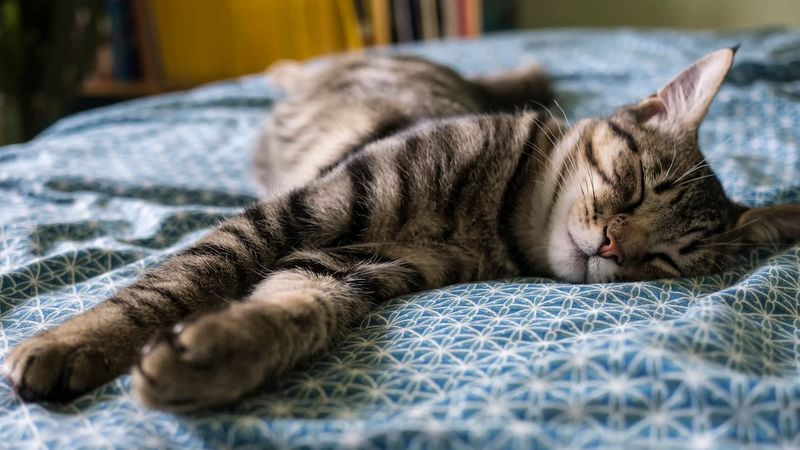
Cats do dream, just like us! When your feline friend twitches their whiskers, paws, or tail during sleep, they’re likely experiencing REM sleep—the dream phase.
Scientists believe cats probably dream about their daily activities, like hunting or playing. Next time you see your cat’s paws gently paddling while they sleep, they might be chasing dream mice or climbing imaginary trees in their mind.
5. Weather-Based Sleep Patterns

Your cat’s sleep schedule changes with the weather. Have you noticed they sleep more on rainy or cold days? This energy-conserving behavior is instinctual.
In warmer months, cats often sleep less and become more active. During winter, they might curl up for extra-long naps. This seasonal adaptation helped their ancestors survive harsh weather conditions when hunting was difficult or energy preservation was crucial.
6. The Famous Predator Pose
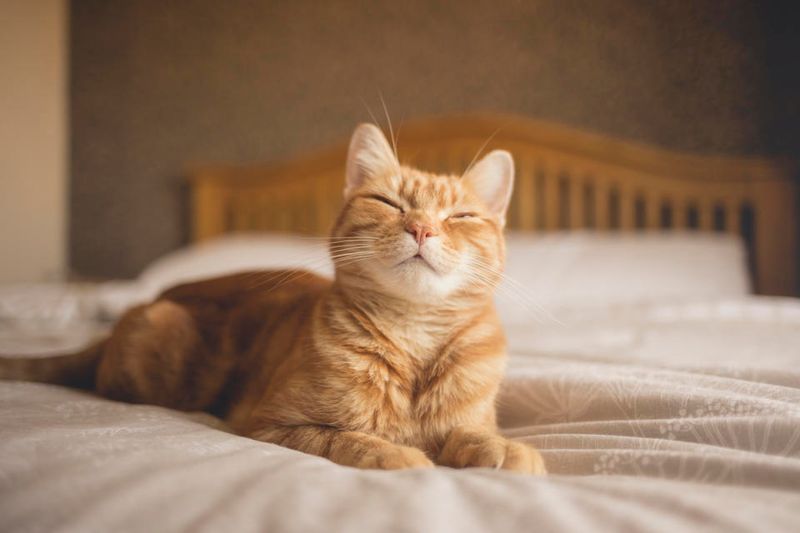
Ever seen your cat sleep with their paws tucked under their chest, ready to pounce? This position, called the ‘sphinx’ or ‘loaf’ pose, allows cats to spring into action instantly.
It’s a remnant of their predatory nature. Unlike humans who need time to become fully alert after sleeping, cats can go from deep sleep to full wakefulness in seconds. This survival adaptation helped wild cats avoid becoming prey themselves.
7. Energy Conservation Experts
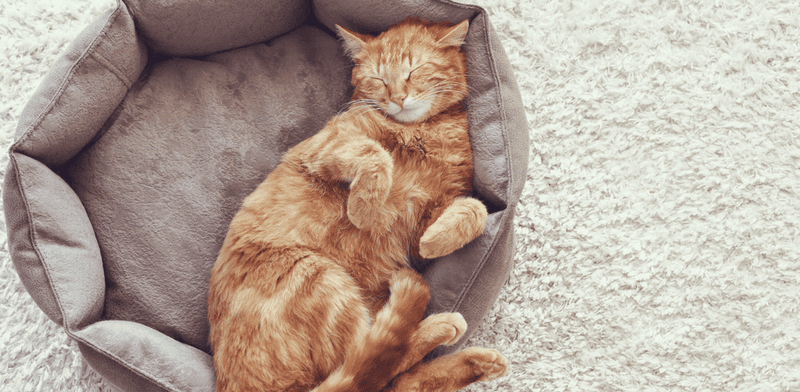
Your cat’s excessive sleeping isn’t laziness—it’s an evolutionary energy-saving strategy. As natural predators, cats need tremendous energy bursts for hunting.
Sleeping conserves this energy for when it’s truly needed. Even house cats maintain this instinct despite regular meals. Their bodies are programmed to store energy through sleep, then use it in short, powerful bursts when stalking toys or racing through your home.
8. Age-Related Sleep Changes
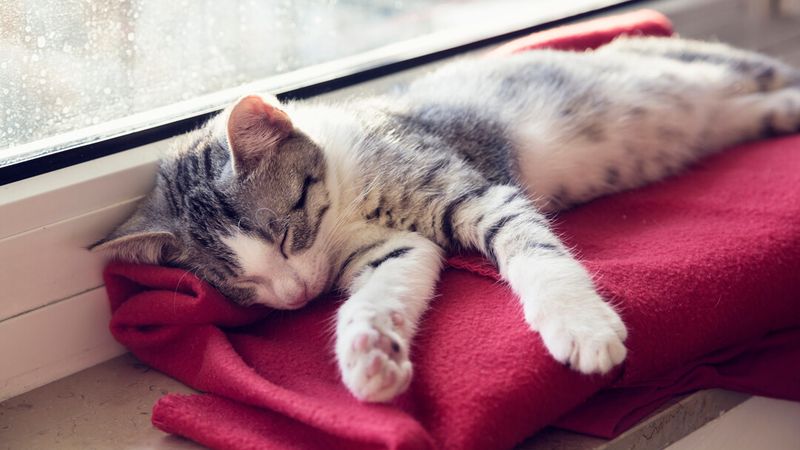
Kittens sleep up to 20 hours daily, growing and developing during this crucial time. Adult cats typically sleep 15-16 hours, while senior cats often return to longer sleep periods of 18+ hours.
These age-related changes mirror humans in some ways—babies and elderly people generally need more sleep too. However, the difference is more dramatic in cats, with seniors sometimes sleeping nearly around the clock due to decreased energy levels.
9. Sleep Location Preferences
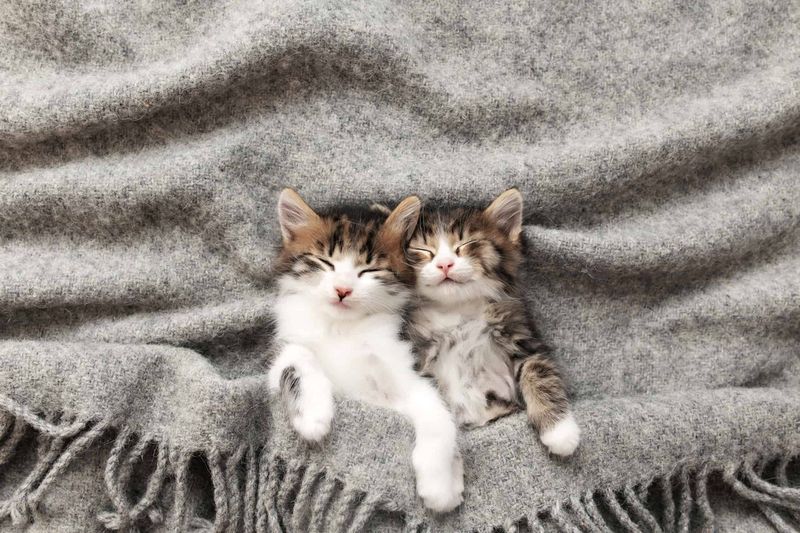
Cats choose sleep spots based on temperature, safety, and comfort. Their ideal sleeping temperature is higher than ours—about 85-90°F compared to our preferred 65-72°F.
This explains why your cat seeks out sunny windowsills, warm laundry, or your laptop. They also prefer elevated positions for security. Your cat’s seemingly random sleep location choices actually follow a sophisticated calculation of warmth, safety, and comfort.
10. Sleep Position Security Codes
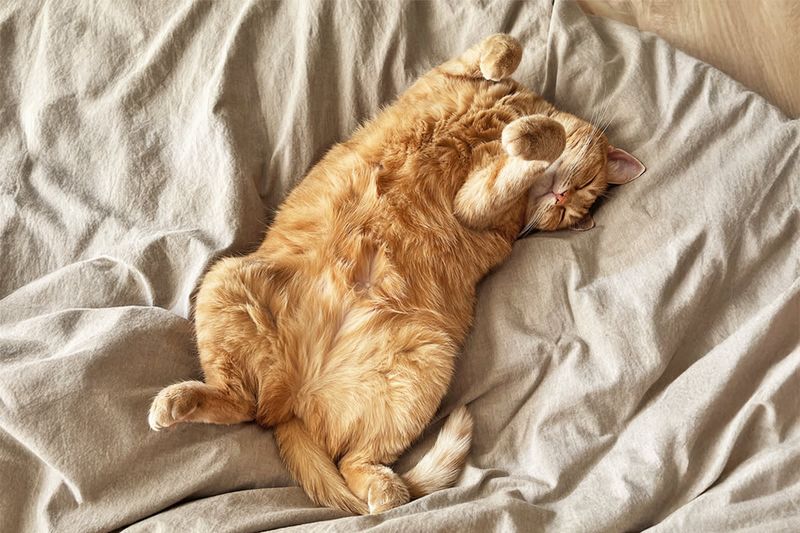
A cat’s sleep position reveals their sense of security. A fully stretched-out cat with exposed belly feels completely safe in their environment. This vulnerable position wouldn’t be possible in the wild.
Curled-up cats are conserving heat and protecting vital organs—a defensive position. Half-closed eyes mean they’re alert even while resting. Learning to read these position ‘codes’ helps you understand your cat’s comfort level in different situations.
11. Human Sleep Disruption Tactics
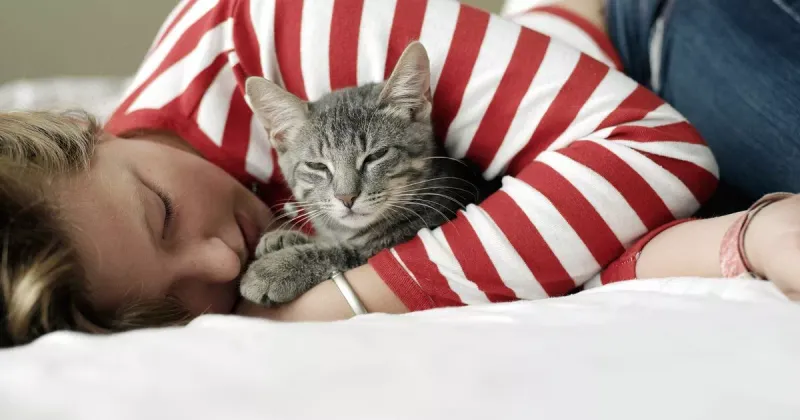
Your cat’s midnight zoomies and dawn wake-up calls aren’t random annoyances—they’re perfectly aligned with their natural rhythms. Cats experience a surge of energy during their active periods at dawn and dusk.
Unfortunately, these often conflict with human sleep schedules. Their internal clocks tell them it’s play time just when you’re trying to sleep. Training can help adjust these behaviors, but understanding the biological basis helps reduce frustration.
12. Synchronized Sleeping
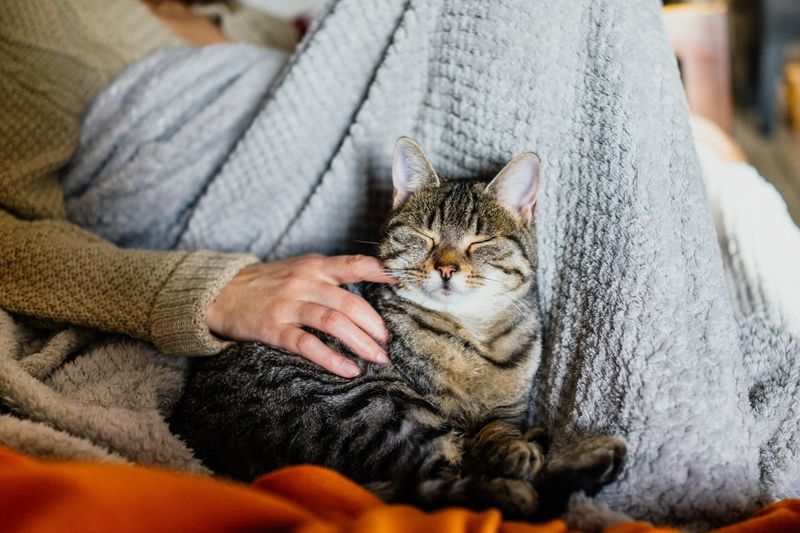
Long-term cat companions often adapt their schedules to match their humans. This bond-building behavior shows how domestic cats have evolved to live alongside us.
While they maintain their crepuscular tendencies, many house cats adjust their deeper sleep periods to align somewhat with their owners. This adaptation demonstrates the unique relationship between humans and felines—they’re willing to modify their ancient instincts to strengthen their bond with us.

